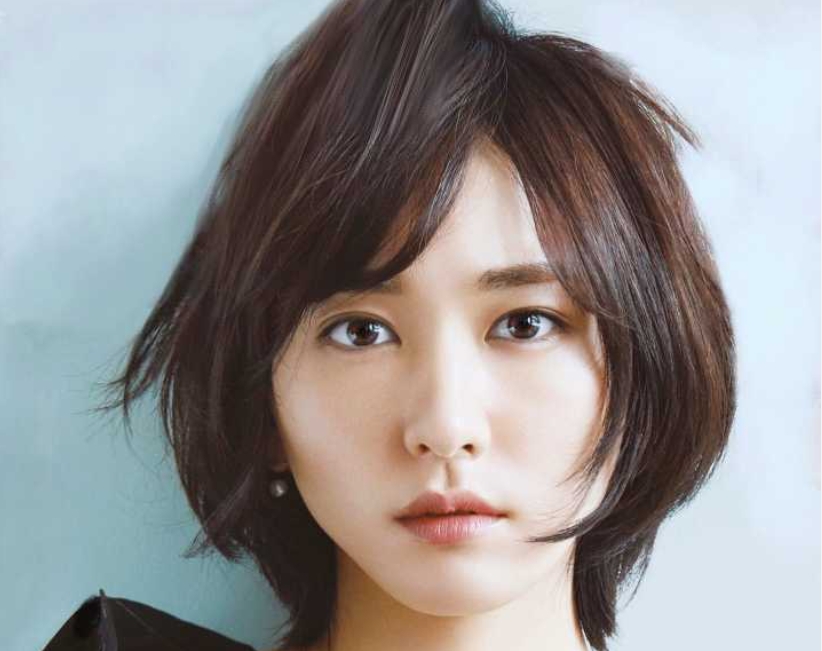


| Input (Celebrities) | Animation 1: Playing Guitar | Animation 2: Cooking | Animation 3: Dancing |
 |
|||
 |
|||
 |
| Input (Memes) | Animation | Input | Animation |
| Yao Ming Laugh | Girl Burning House | ||
 |
 |
||
| Girl with a Pearl Earring | Great Gatsby | ||
 |
 |
| Initial Image: Playing Guitar | ID-Animator: Playing Guitar | AdaFace-Animate: Playing Guitar | Initial Image Dancing | ID-Animator: Dancing | AdaFace-Animate: Dancing |
 |
 |
||||
 |
 |
||||
 |
 |
| Input (Memes) | ID-Animator | AdaFace-Animate |
 |
||
 |
| Input (Celebrities) | ID-Animator: Playing Guitar | AdaFace-Animate: Playing Guitar | ID-Animator: Dancing | AdaFace-Animate: Dancing |
 |
||||
 |
||||
 |